Feeling overwhelmed by clutter and chaos? A minimalist lifestyle simplifies your space, mind, and commitments, freeing you to focus on what truly matters. This guide offers practical steps to embrace minimalism and live with greater clarity.
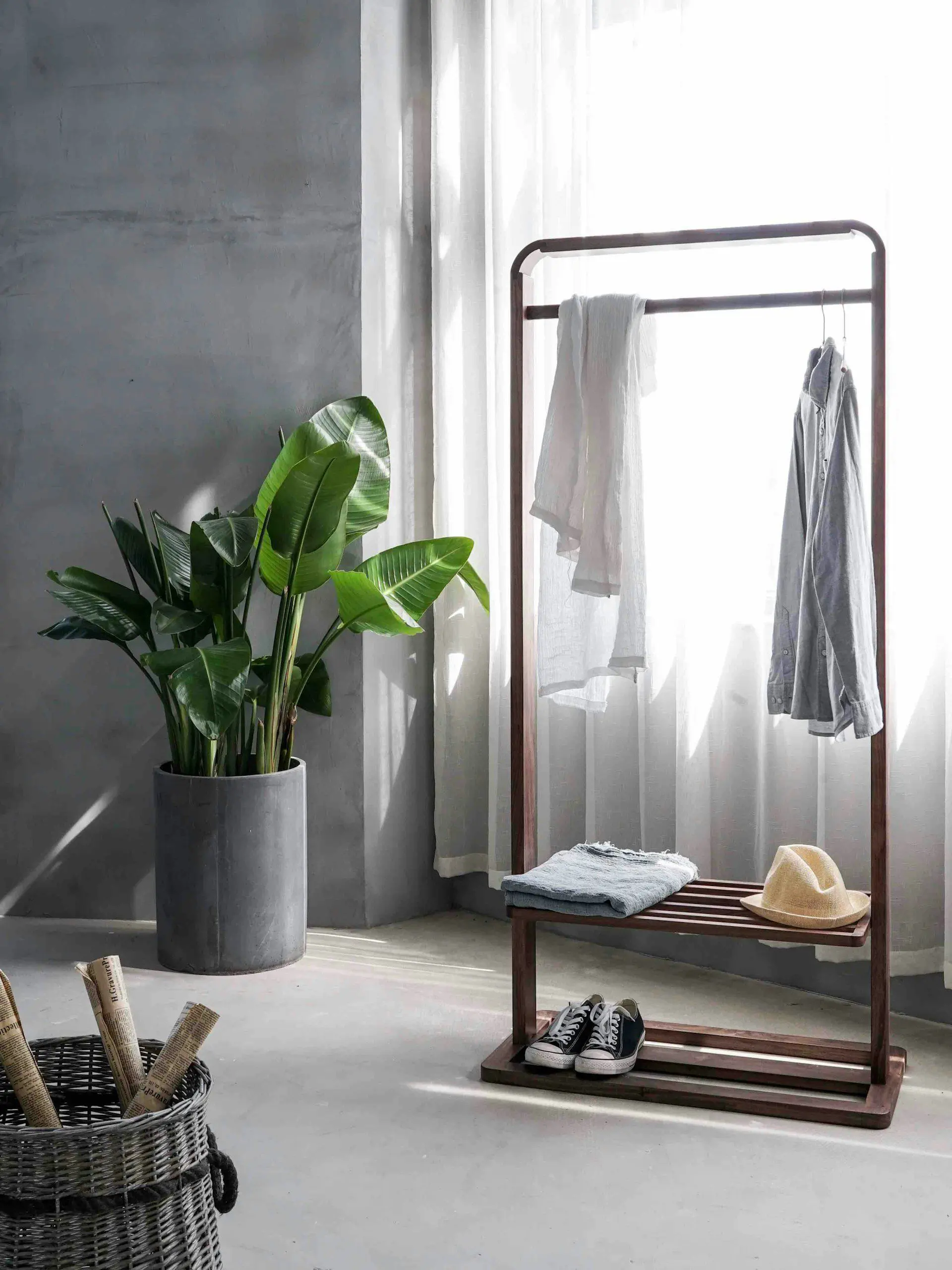
What is a Minimalist Lifestyle? | Benefits of Minimalism | How to Start | Common Challenges & Solutions | Minimalist Lifestyle by Living Situation | Advanced Minimalist Practices | FAQs | Wrapping Up
What is a Minimalist Lifestyle?
Minimalism is a mindset prioritizing value over excess. By eliminating non-essential possessions, commitments, and digital clutter, you make room for what truly enriches your life.
Core Principles:
- Choose quality over quantity.
- Live intentionally, making mindful choices.
- Embrace freedom by removing what doesn’t serve you.
Key Stats:
- 25% of people with two-car garages can’t park cars inside due to clutter (U.S. Department of Energy)
- Removing clutter eliminates 40% of housework in the average home (National Soap and Detergent Association)
- Americans spend about $1,500 monthly on non-essential goods (Motley Fool)
- Research shows minimalist households create 23% smaller carbon footprints than average homes
This philosophy fosters clarity, sustainability, and purpose across all areas of life.
The Benefits of a Minimalist Lifestyle
1. Financial Freedom
- Reduced impulse buying through mindful shopping habits
- Lower storage needs mean reduced housing and storage unit costs
- Decreased maintenance expenses with fewer items to repair or replace
- Higher quality purchases that last longer and increased appreciate for what you do have
- More available income for experiences and investments
2. Mental Clarity
- UCLA researchers found a direct correlation between clutter and stress hormones
- Fewer choices lead to reduced decision fatigue, a concept supported by psychology research
- Clear spaces promote better focus and productivity
- Simplified environments support better sleep patterns
- Reduced cleaning and organizing time frees mental energy
3. Environmental Impact
- Smaller carbon footprint through reduced consumption
- Less household waste
- Lower energy usage with fewer electronic devices
- Reduced packaging waste
- Support for sustainable products and practices
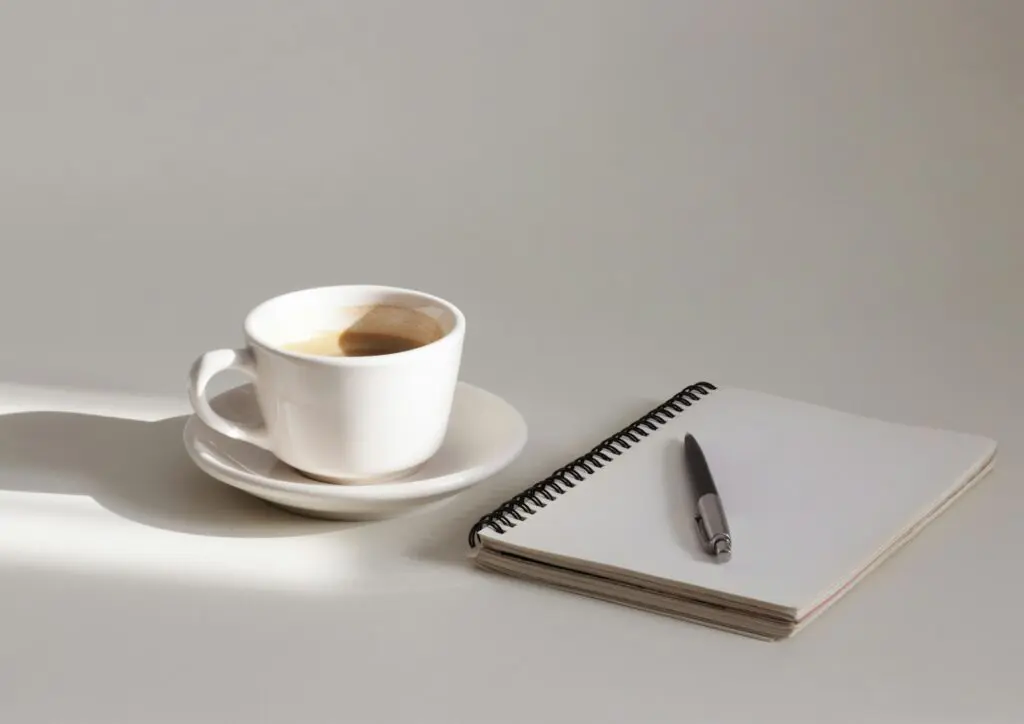
How to Start a Minimalist Lifestyle
Step 1: Assess and Choose a Starting Point
Walk through your home to identify clutter hotspots (e.g., messy entryways, unused storage). Start with a high-impact area like your bedroom or workspace build momentum. (See more on how to declutter your workspace.)
The first step is understanding your current relationship with possessions and space. Walk through your home and note areas that cause stress or frustration. Pay attention to:
- Spaces that gather clutter regularly
- Items you move often but never use
- Areas that are difficult to clean
- Storage spaces you haven’t opened in months
Step 2: Declutter with the 90/90 Rule
Ask: Have I used this in the past 90 days? Will I use it in the next 90 days? If not, donate or discard it. Exempt seasonal essentials and store sentimental items separately. For digital clutter, unsubscribe from unused emails, organize files, and delete unneeded apps.
Step 3: Maintain with Simple Habits
Build sustainable routines:
- Daily: Make your bed, clear counters, and reset spaces (10 minutes).
- Weekly: Declutter problem areas and sort mail (30 minutes).
- Monthly: Review clothes, supplies, and digital files; maintain a donation box.
- Seasonal: Rotate clothing, deep-clean storage, and update systems.
Tips for Success: Start small, track progress with photos, and adjust systems as needed. Minimalism is about progress, not perfection.
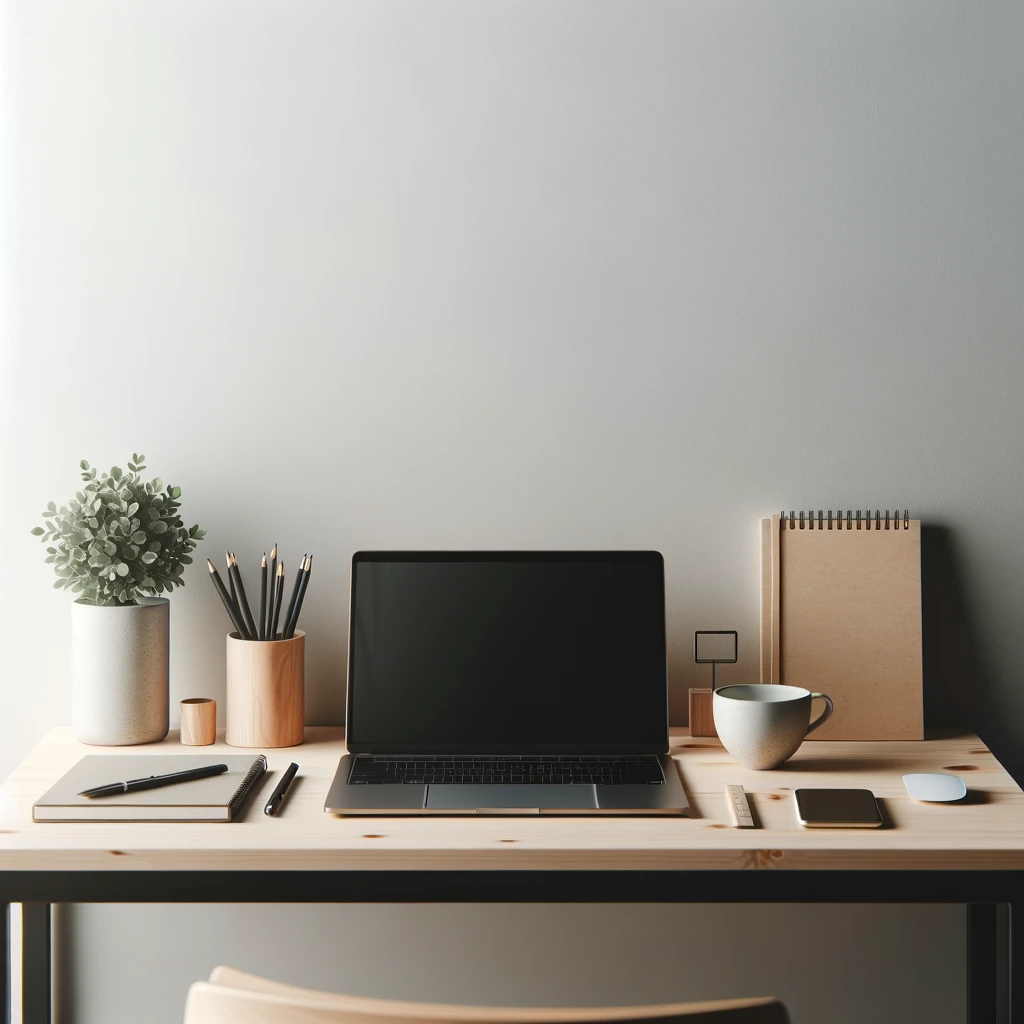
Minimalist Lifestyle: Common Challenges & Solutions
Sentimental Items & Motivation
Struggling to let go?
- Photograph items before donating them or throwing them away. Doing this, I have been able to downsize from a 3 BR house to an RV. I haven’t missed the items and honestly haven’t even thought about checking the photos.
- Keep one representative item from collections. For example, I kept my ribbons and unit patches in a small bag and donated or got rid of my uniforms, boots, and other military gear I no longer needed.
- Create digital scrapbooks of memories. Not only does this help with physical clutter, mentally I feel decluttered knowing my photos are now digitally organized and easily retrievable.
- Share beloved items with family members who’ll use them. It is a good feeling to know that your beloved item has found a new home.
Storage Solutions
Effective storage makes minimalism sustainable:
- Use vertical shelving and clear containers.
- Label zones for easy access.
- Rotate seasonal items regularly.
Consistent habits and smart storage make minimalism sustainable.
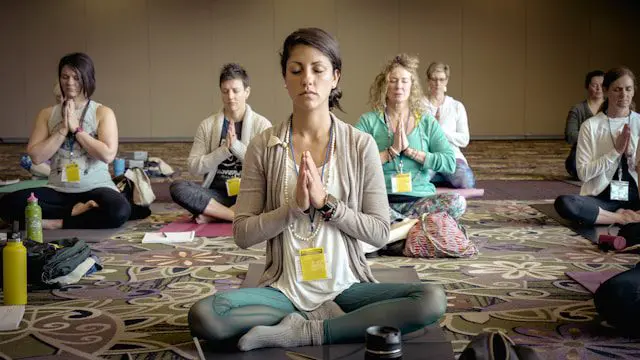
Advanced Minimalist Lifestyle Practices
Living Freely: Minimalism and Substance Dependency
Minimalism extends beyond physical possessions to our habits and dependencies. Reducing or eliminating alcohol and drug use aligns with minimalist principles, fostering mental clarity and physical well-being.
Benefits of sobriety include:
- Improved decision-making and focus
- Better physical health and sleep quality
- Stronger personal relationships
- Financial savings
While overcoming substance dependencies can be challenging, it’s a powerful step towards a truly minimalist lifestyle. If you’re struggling with substance use, consider seeking professional help or support groups to guide you on this journey.
Meditation for Mental Minimalism
Meditation complements minimalism by clearing mental clutter. Daily practice helps you observe thoughts without attachment, enhancing focus and calm. Start with 5-minute sessions to align your mind with your simplified space. Learn more about meditation benefits to deepen your minimalist journey.
Frequently Asked Questions About the Minimalist Lifestyle
What if I regret getting rid of something as a minimalist?
Regret is rare but possible. To feel confident letting go, follow these steps: Lend rarely used items to friends first. Start with easy stuff like duplicates or broken items. Put unsure items in a “maybe” box for 30 days—if you don’t miss them, donate the box. Take photos of sentimental items to save memories. List what you remove to stay organized. If you need something later, you can usually buy it again.
Can I be minimalist with a family?
Yes! Declutter your items first, create clear storage for kids, and rotate toys. Focus on shared spaces for calm.
How do I handle gifts and heirlooms as a minimalist?
Request experience gifts, photograph heirlooms before passing them on, or keep one meaningful item.
How do I handle seasonal items as a minimalist?
Store things like holiday decorations or winter gear carefully to keep them in good shape. Label boxes clearly so you can find what you need. Check your seasonal items at the start and end of each season to see what you really use. Think about renting items you rarely need, like camping gear. Share seasonal stuff with neighbors or family to save space. Keep only the items you actually use each season and let go of the rest.
What’s the difference between organizing and minimizing?
Organizing is about finding a place for all your stuff, like putting things in bins or on shelves. Minimizing means cutting down on what you own by getting rid of extras. Start by minimizing—donate or toss what you don’t need—then organize what’s left. Don’t rush to buy storage solutions like baskets until you’ve decluttered.
What if my partner isn’t on board with minimalism?
Declutter your own items first to show how it works. Let your partner see benefits like less stress or a cleaner home. Share how good it feels for you. Respect their space and don’t pressure them. Find compromises for shared spaces, like the kitchen. Cheer for the small steps you both take. Let their interest in minimalism grow naturally.
How do I stop the influx of new items as a minimalist?
Follow a one-in, one-out rule: when you bring in something new, let go of something old. Also wait a week before buying and unsubscribe from marketing emails.
How long does it take to become minimalist?
Progress varies, but 3–6 months of consistent effort yields noticeable results. Start small and build momentum.
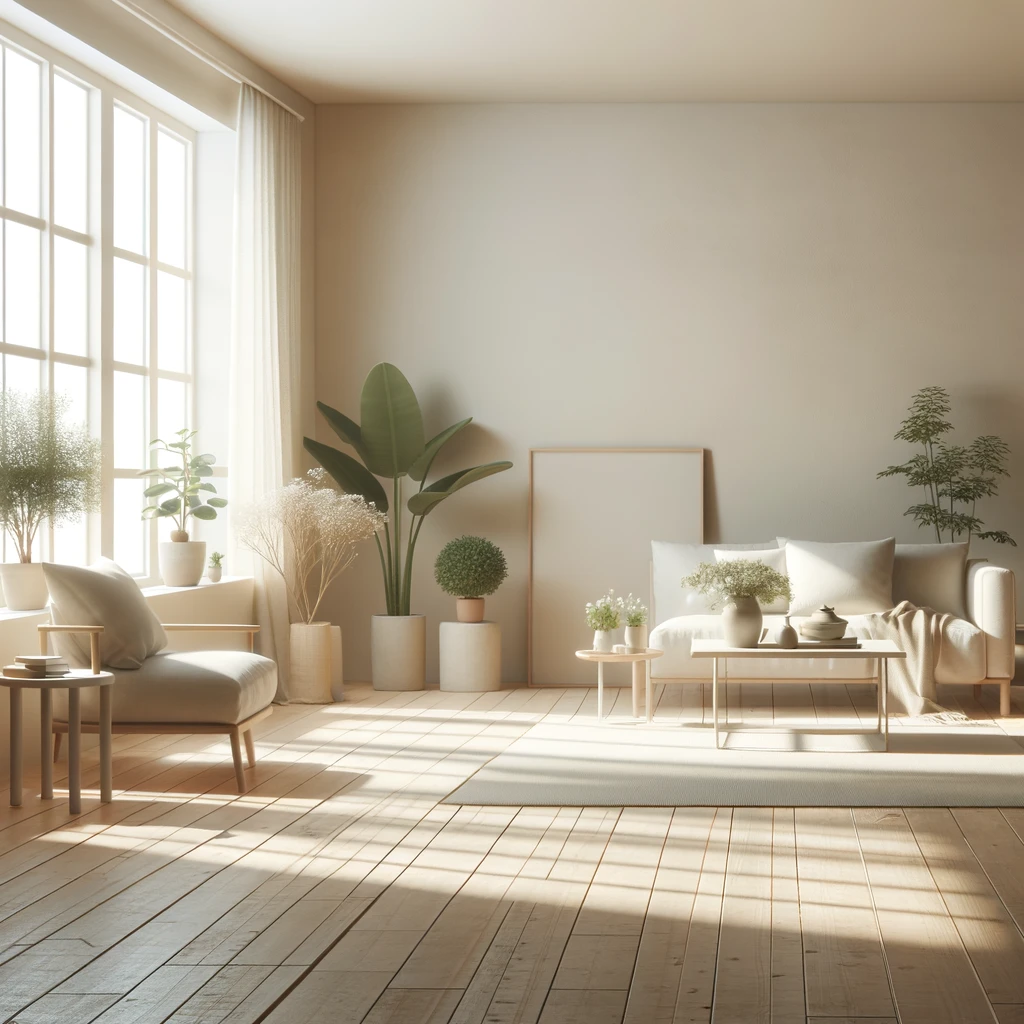
Wrapping Up: Take the First Step Toward a Minimalist Lifestyle Today
Ready to simplify? Pick one cluttered area to tackle this week. Share your minimalist journey in the comments and subscribe for more tips. Explore our guide on packing light for your next trip!
More from Bananomad
- Learn practical strategies to spend less and save more through mindful spending, choosing quality investments, and adopting a minimalist lifestyle.
- Next, check out our guide on how to pack light for 10 days so that you are prepared for your next vacation.
- Dead hangs are simple yet powerful exercises that can transform your health. Learn why.

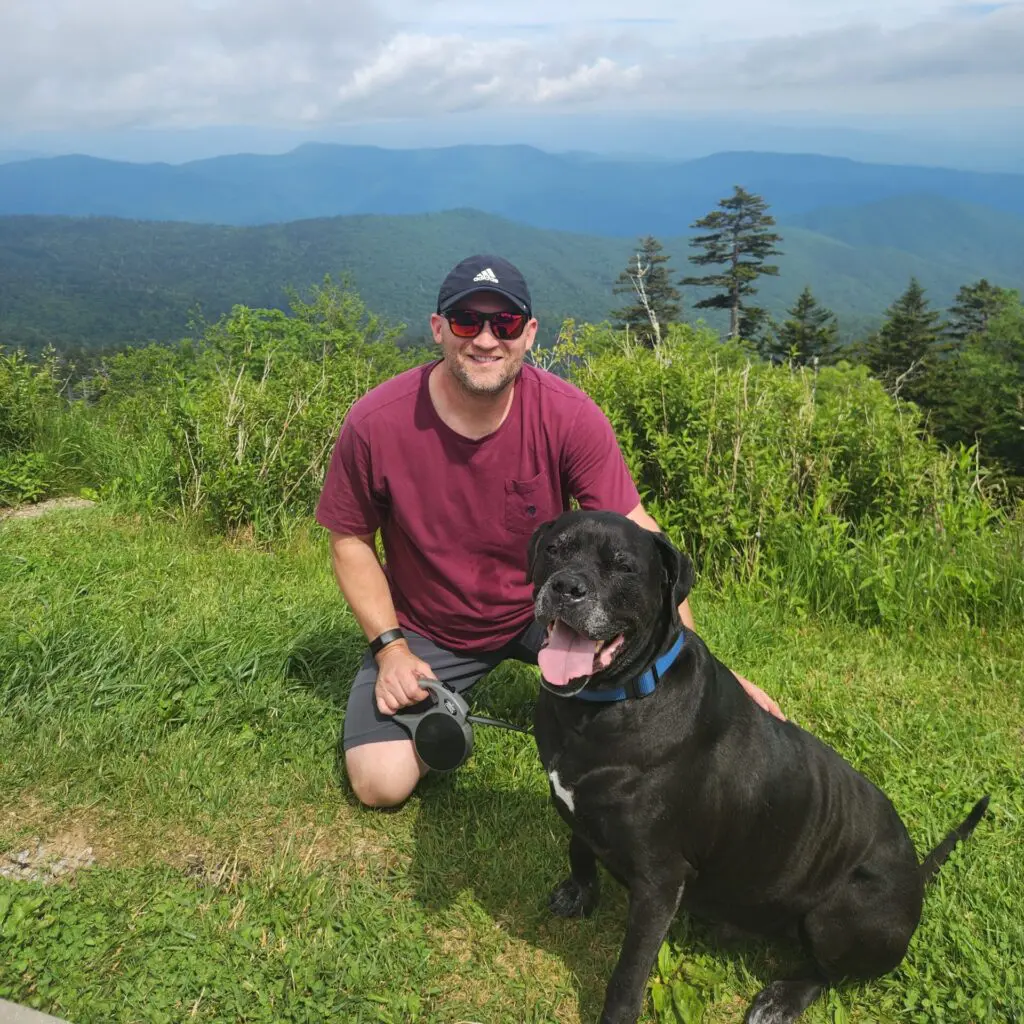
Leave a Reply